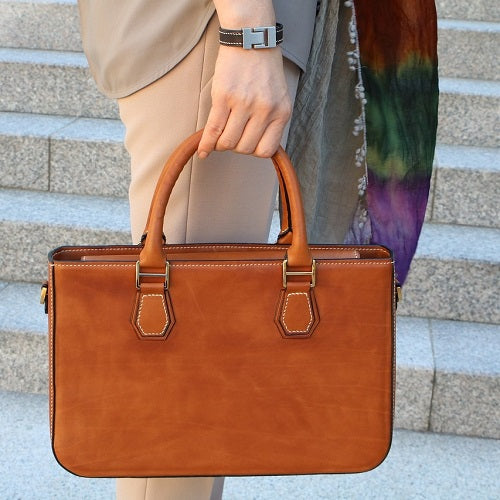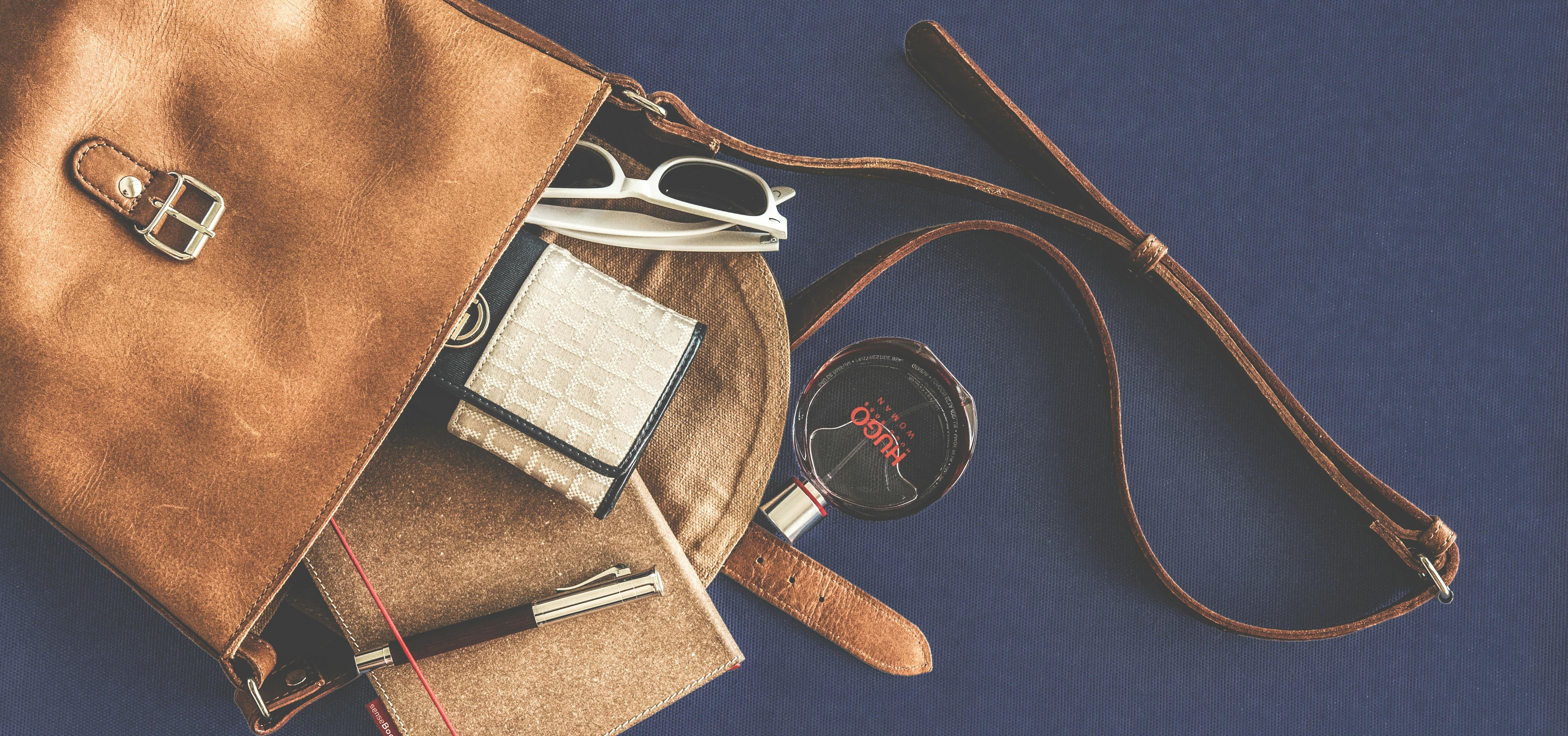Step 4: Buff Off Excess Wax
After the wax has dried, use a clean cloth to buff off any excess wax. This will give your leather a nice shine and create a protective layer that repels water, oil, and dirt.
While waxing is a simple and effective waterproofing method, it's also crucial to care for your leather by conditioning it regularly. Conditioning helps restore the leather's suppleness and prevents cracking as it ages. Not only does conditioning renew the appearance of leather items, but it also helps maintain their waterproof properties.
Conditioning:
While conditioning leather is a straightforward process, it's important not to overdo it. Leather is valued for its strength, and excessive conditioning can make it too soft, leading to loss of shape and strength, which is something we want to avoid.
Step 1: Prepare the Leather
Unlike waxing, conditioning is best done on damp leather. This allows the conditioning material to penetrate deeply as the water evaporates. You don't need to soak the leather; just ensure it's slightly damp before applying the conditioner.
Step 2: Apply the Conditioner
Gently apply the conditioner to the leather using a cloth or your fingers. Make sure to cover all edges and folds thoroughly.
Step 3: Let It Dry
Wipe off any excess conditioner and allow the leather to air dry in a well-ventilated area. Avoid using artificial methods to speed up drying.
Note: Waxing and conditioning are suitable for certain types of leather. For suede leather and similar types, it's best to use waterproofing sprays designed specifically for those materials.
What Happens When Leather Gets Wet?
While it's not ideal, leather offers only limited resistance to water, meaning it can become wet when exposed to excessive moisture. It's crucial to prevent water from penetrating the leather as soon as possible to minimize damage.
So, what exactly happens when leather absorbs water? The natural oils within the leather bind with the water molecules. As the surface of the leather dries and the water evaporates, it also draws out these oils, leading to a loss of suppleness and resulting in stiffness and brittleness. Additionally, water can cause stains on the leather surface by displacing dyes and leaving spots. Therefore, prompt action is key to addressing wet leather.
What to Do If Your Leather Gets Wet?
Imagine you're caught in the rain with your beloved leather backpack, briefcase, or jacket, and they're not waterproofed. Not an ideal scenario, for sure!
But fear not, all is not lost if you act swiftly. Here's what you can do to prevent your leather from becoming brittle:
-
Dry the Leather Gently wipe away any water from the leather with a dry cloth and let it air dry naturally until it's slightly damp, not completely dry. Avoid using artificial heat, like a blow dryer, to speed up the process. For leather bags or shoes, stuff them with newspapers to help maintain their shape.
-
Condition While the leather is still damp, apply a layer of leather conditioner and allow it to dry for a few hours. The conditioner will replenish the oils lost from the leather during the drying process, preserving its softness and suppleness.
-
Protect If any areas of the leather feel dry and brittle, repeat the conditioning process. Wipe off any excess conditioner from the surface. To prevent future water damage, consider applying a waterproof coating to your leather products, such as waterproofing wax or sprays.
Conclusion:
It's safe to say that leather and water don't mix well. It's advisable to always take proper care of leather and minimize its exposure to water.
However, since avoiding water contact isn't always feasible, waterproofing leather is a smart solution to prevent serious damage to your beloved leather items.
Before applying any waterproofing agent, it's wise to conduct a patch test on less visible areas to ensure it won't affect the leather's color undesirably.
Now that you know how to waterproof leather, why not give it a try on your leather items and enjoy the rain worry-free?




